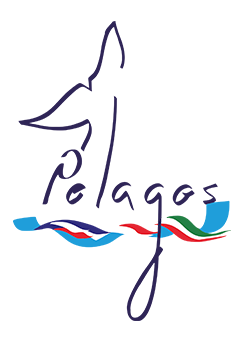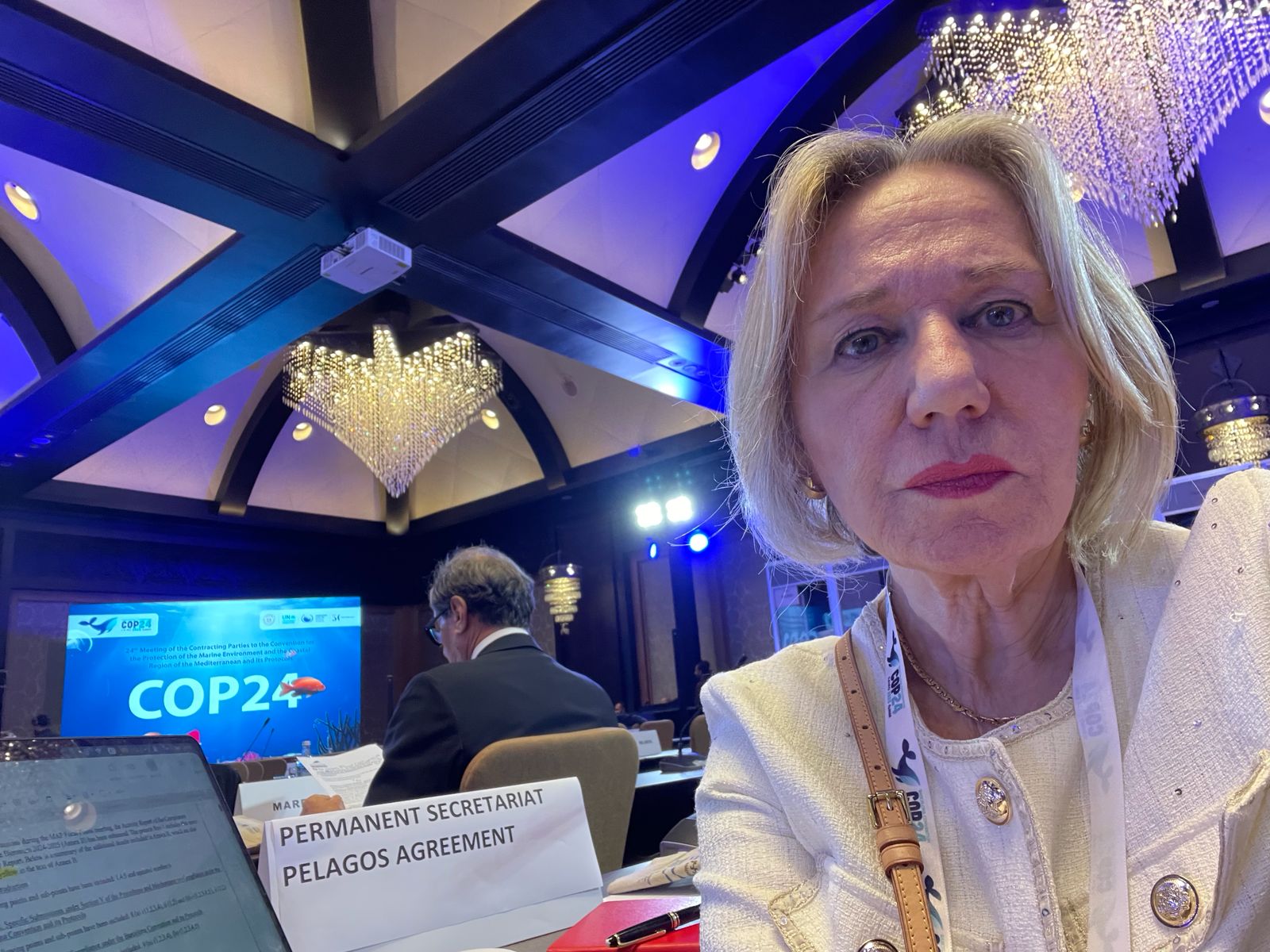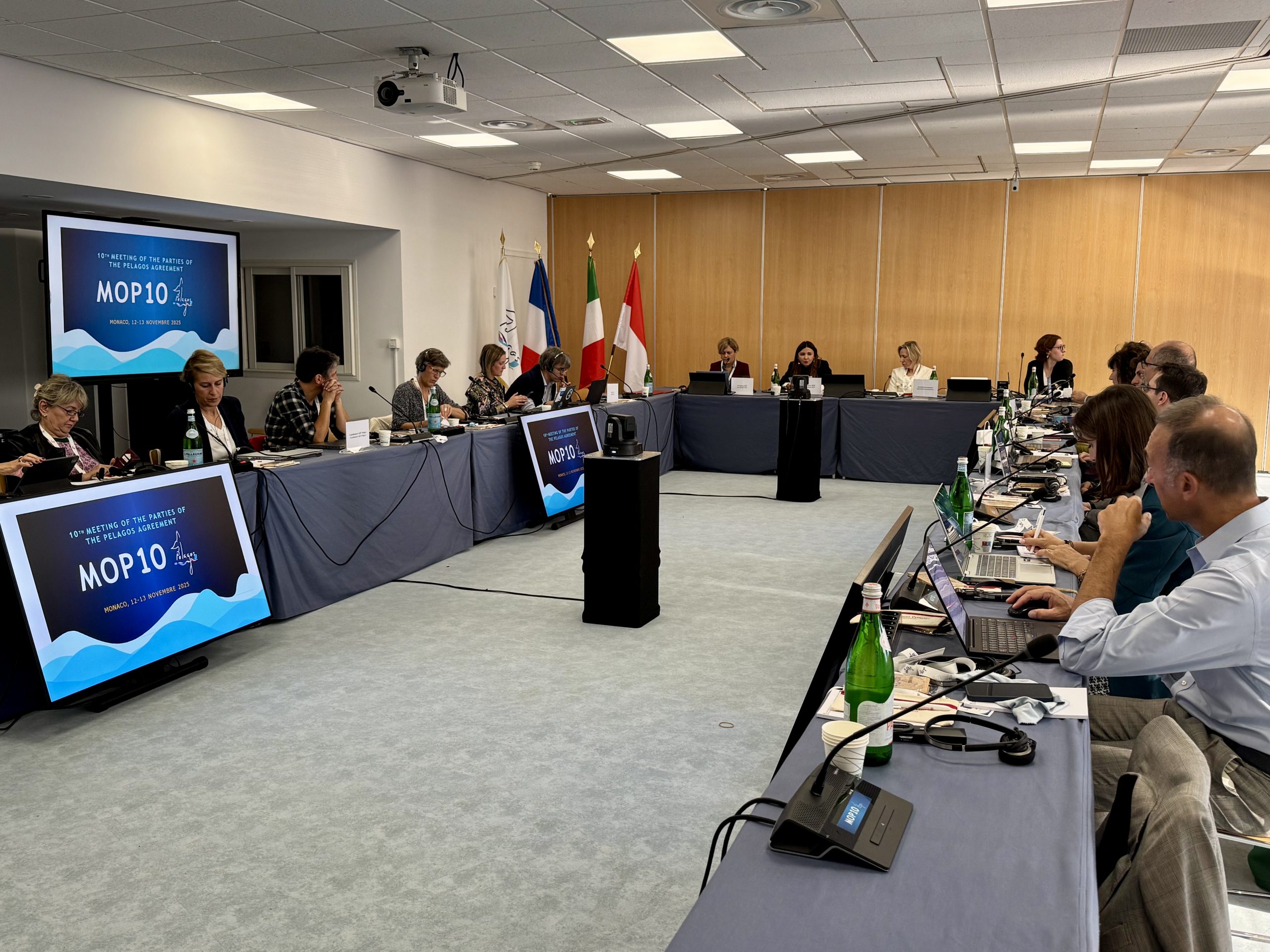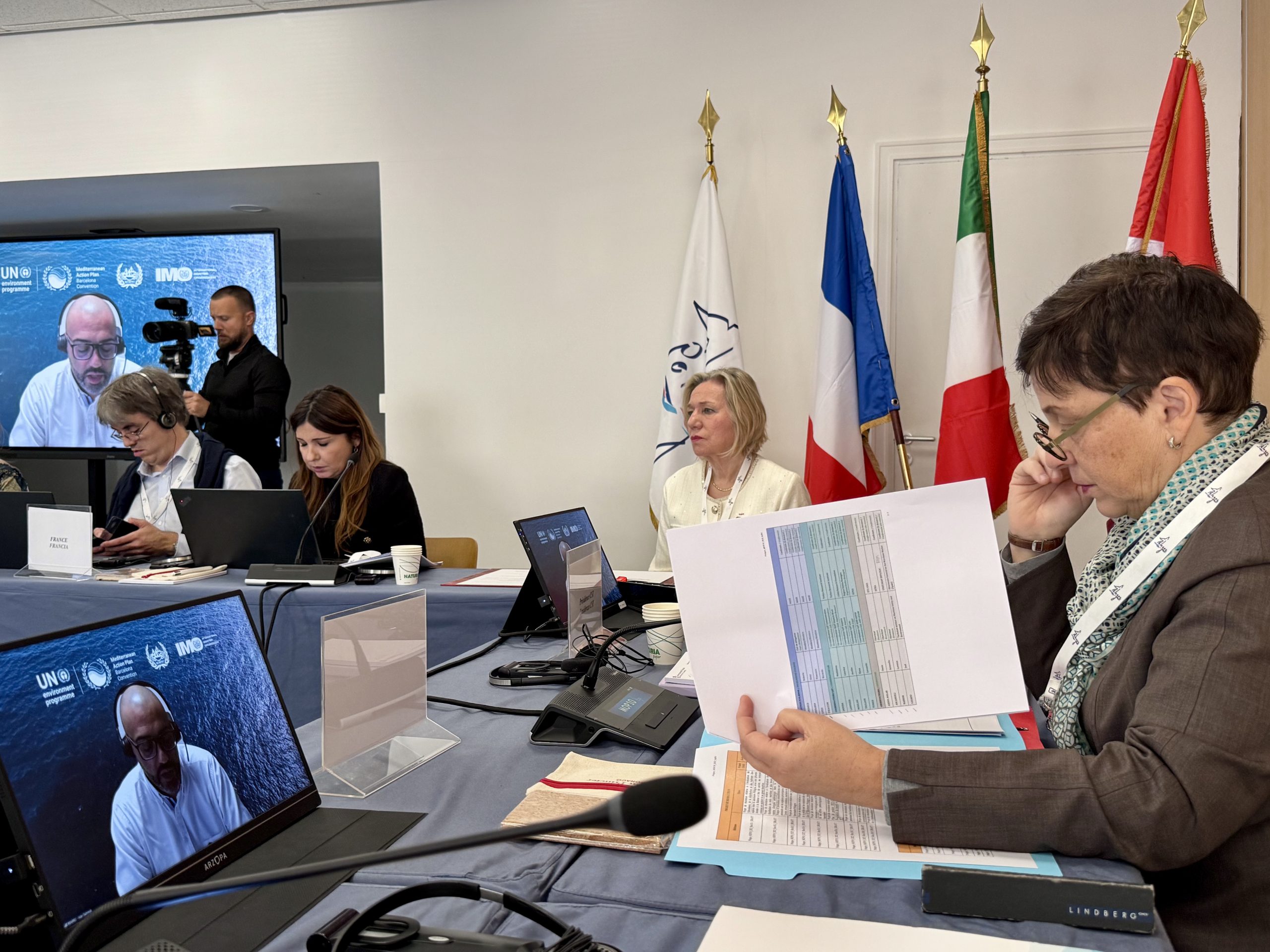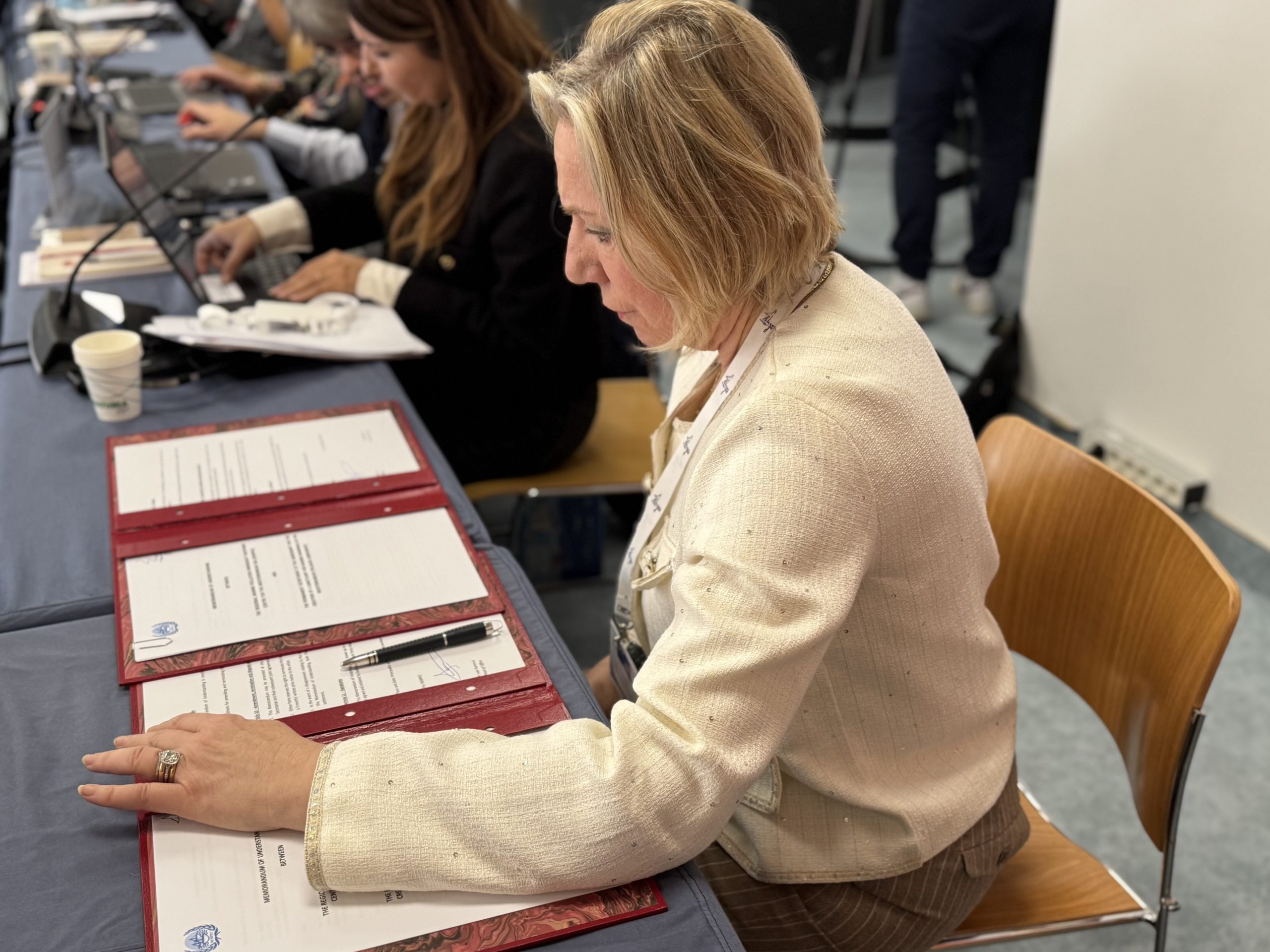Pollution in the Pelagos Sanctuary: a study to understand and protect
Pollution in the Pelagos Sanctuary: a study to understand and protect
Among the most pervasive yet often underestimated threats is chemical and biological pollution—a widespread issue affecting water, sediments, marine organisms, and cetaceans, exposing them to both direct and indirect risks.
To clarify the scope of this threat, the Pelagos Agreement has launched a dedicated scientific assessment as part of its 2024–2025 Work Plan, entrusted to a team of experts led by Prof. Maria Cristina Fossi (University of Siena), Dr. François Galgani (IFREMER), and Dr. Matteo Baini (University of Siena). This consultation represents the first systematic and integrated investigation on the topic, aiming to assess the current state of pollution and the risks it poses to key species in the Sanctuary.

An integrated approach to pollution analysis: the five phases of the project
The project was structured into five operational phases, each designed to build a progressively more integrated and detailed view of the marine environment, the pressures it faces, and the impacts on cetaceans.
- Data acquisition from literature (2010–2024): Over 24,000 data points were extracted from scientific publications, open-access databases such as EMODNET and LitterBase, national technical reports related to the Marine Strategy Framework Directive (MSFD), and relevant national and international projects. The pollutants considered include heavy metals, persistent organic pollutants (POPs), and plastic waste.
- Critical review: After qualitative screening, 23,474 reliable data points were selected—those with GPS coordinates, validated analytical methods, and comparable pollutant concentrations. These were distributed across four environmental matrices: water, sediment, biota (organisms), and marine litter. This dataset formed the basis for producing contamination maps and risk assessments for marine mammals.
- Contamination mapping: Thanks to the geographic coordinates associated with pollutant concentrations, the spatial distribution of contaminants in the Sanctuary was mapped. Some, such as organochlorines (e.g., DDT, PCBs) and polycyclic aromatic hydrocarbons (PAHs), were particularly widespread, as were plastic debris. 42.5% of the area was analyzed for at least one pollutant class, with greater coverage along the coastlines.
- Exposure risk mapping: By overlaying pollutant maps with cetacean distribution maps (derived from the scientific consultation), a Risk Exposure Index (REI) was calculated for species such as the striped dolphin, bottlenose dolphin, fin whale, and sperm whale. This allowed for spatial evaluation of species’ potential exposure to chemical substances and plastic waste.
- Development of a public outreach booklet: The final phase involved synthesizing and communicating results through the creation of an informational booklet titled “Anthropogenic Pollutants in the Pelagos Sanctuary”, designed to support stakeholder engagement and awareness.

The results: a mixed picture
The analysis enabled the classification of areas within the Sanctuary according to contamination levels, using the European CHASE+ methodology (Chemical Status Assessment Tool). Over 70% of the waters were found to be in good condition, but critical issues were identified in some coastal areas, such as the Tuscan Archipelago. 41% of sediment areas showed moderate contamination, indicating long-term risks. Although pollutant levels in biota are generally below alarm thresholds, some critical zones were noted.
The most concerning findings relate to marine litter: over 85% of analyzed areas were classified as problematic, with microplastics and macroplastics widely present.
Pollution is not limited to coastal or industrial zones, but is fairly uniformly distributed, revealing widespread environmental pressure that requires an integrated management approach, extending to offshore (pelagic) areas.
A concrete risk for cetaceans
Using the REI (Risk Exposure Index), the study highlighted that the striped dolphin (Stenella coeruleoalba) and the bottlenose dolphin (Tursiops truncatus) are the most exposed species, due to their distribution in coastal and surface waters, where proximity to sources of anthropogenic pollution is higher.
The sperm whale (Physeter macrocephalus) and the fin whale (Balaenoptera physalus) appear less exposed, but this could be due to limited data availability in pelagic zones, where these species tend to concentrate. Further efforts are needed to fill these data gaps and provide a more comprehensive understanding.
The results provide an essential starting point for evidence-based management of the Sanctuary. This study represents the first integrated assessment of environmental contamination and cetacean distribution, made possible thanks to the collaborative approach promoted by the Pelagos Agreement. The project also underscores the urgent need to establish reference thresholds for many emerging contaminants, which currently lack regulatory standards. Without such benchmarks, it is difficult to assess whether and to what extent a substance poses a danger to the marine ecosystem.
From recommendations to action: a forward-looking strategy
The advisory team has developed a series of strategic recommendations to strengthen the Sanctuary’s protection: it is essential to strengthen environmental and biological monitoring, especially in under-explored areas, such as offshore zones, and to maintain long-term surveillance to understand the evolution of pollution and its effects on cetaceans.
Equally important is promoting data exchange between institutions and signatory countries of the Agreement, building shared and updated databases, and integrating this information into marine spatial planning and management strategies, prioritizing the areas most at risk.
